Contents
If there’s one thing that stands at the heart of Mecca, physically and spiritually, it’s the mysterious Black Stone – also known as Hajar al Aswad. People from all walks of life gather from across the world to catch a glimpse of the Black Stone in the Kaaba and, if they’re lucky, to touch it. But what makes this stone so significant? Why does it hold such power and reverence in the hearts of millions? Let’s explore the history of Hajr Aswad, its significance, and how it became one of the most recognized symbols of Islam.
A Glimpse into the Hajar al Aswad History
The history of Hajr Aswad (the Black Stone) is as rich and profound as it is mysterious. The Black Stone of Mecca holds stories of the heavens and the Earth. Here’s a closer look at its journey:
- Heavenly Origin: According to Islamic tradition, the Black Stone at the Kaaba was given to the Prophet Ibrahim (Abraham) by the Angel Jibril (Gabriel). The stone was white, radiant, and pure, symbolizing its heavenly origins.
- The Prophet’s Role: Prophet Muhammad’s (PBUH) connection to the stone is significant, and he placed it within the Kaaba walls when Mecca’s tribes contested over who should have the honor. This event highlighted its revered status.
- Erosion and Reassembly: Over time, the Hajar al Aswad suffered natural wear and fractures due to unfortunate events. Today, the stone is held together in pieces, embedded within a silver frame.
Want to learn more about other fascinating places in Saudi Arabia? Check out things to do in Saudi Arabia to explore cultural and religious landmarks more broadly.
The Physical Location and Structure of the Black Stone
The Black Stone of Mecca sits in the eastern corner of the Kaaba, embedded within a silver frame, attracting millions who flock to touch, kiss, or simply gaze at it with devotion. Here’s what makes this location so exceptional:
- Silver Frame: The current silver encasing helps hold the stone fragments together, protecting them while offering a reflective sheen so pilgrims can locate them easily.
- The Kaaba: This large cubic structure serves as the direction for Muslim prayer worldwide. The Black Stone in the Kaaba is a pivotal marker in this spiritual orientation.
If you’re curious to see this structure in person, consider these properties for rent in Makkah or apartments for sale in Makkah An-Nuzhah to find a comfortable place nearby.
Legends and Spiritual Significance of the Black Stone at the Kaaba
Beyond its physical qualities, the Black Stone at the Kaaba is immersed in legends and deeply respected in Islamic tradition. The stone’s symbolism and its connection to the faith continue to evoke wonder:
- Symbol of Redemption: Islamic tradition holds that the Hajar al Aswad was white when it descended from Heaven and turned black over time due to absorbing humanity’s sins.
- Reverence through Generations: Throughout Islamic history, pilgrims, including Caliphs, scholars, and even emperors, traveled to Mecca specifically to kiss or touch the Black Stone, expressing humility, repentance, and a connection to the divine.
- Sacred Pilgrimage: Kissing or touching the stone, known as Istilam, is considered an act of worship. Pilgrims will go to great lengths for a moment of closeness with this sacred relic.
For more on sacred sites in Saudi Arabia, look at the Clock Tower Museum, the Zamzam Well, and Wadi E Jin, all offering fascinating glimpses into history and spirituality.
Preservation and Today’s Pilgrimage
Despite centuries of weathering, the Black Stone in the Kaaba has remained a symbol of resilience. Here’s how it’s preserved and the impact it has today:
- Efforts to Protect: Mecca authorities have implemented measures to ensure the stone’s longevity, from the silver casing to regular maintenance.
- The Experience Today: While millions gather during Hajj and Umrah, only a fortunate few can come close enough to kiss or touch the stone. It remains a highlight of the pilgrimage experience, symbolizing unity and faith.
Are you planning a visit? Consider booking accommodations early, as Mecca fills up quickly, especially during pilgrimage seasons. For more, explore these apartments for rent in Makkah or even these furnished apartments in Madinah for options close to other holy sites.
Visiting Mecca offers a chance to witness both history and faith up close. The Black Stone at the Kaaba remains a timeless reminder of devotion, with every gaze, every touch, and every kiss connecting past generations to present-day pilgrims.
FAQs about the Black Stone at the Kaaba
To wrap up, here are some frequently asked questions that pilgrims often have about the Black Stone:
Why is the Black Stone important in Islam?
The Black Stone symbolizes unity, faith, and a direct connection to the Prophet Ibrahim (Abraham). It also signifies humanity’s redemption.
Can I touch the Black Stone?
While touching or kissing the Black Stone is a goal for many, access can be challenging due to crowds. However, even a simple gesture or wave toward the stone, known as Istilam, is considered respectful.
What does the Black Stone look like today?
The Black Stone appears black, encased in a silver frame with a polished surface. It’s no longer a single stone but a collection of fragments.
Where can I stay near the Kaaba?
There are plenty of apartments and properties for rent in Makkah near the Kaaba. Booking in advance is recommended, especially for Hajj and Umrah seasons.

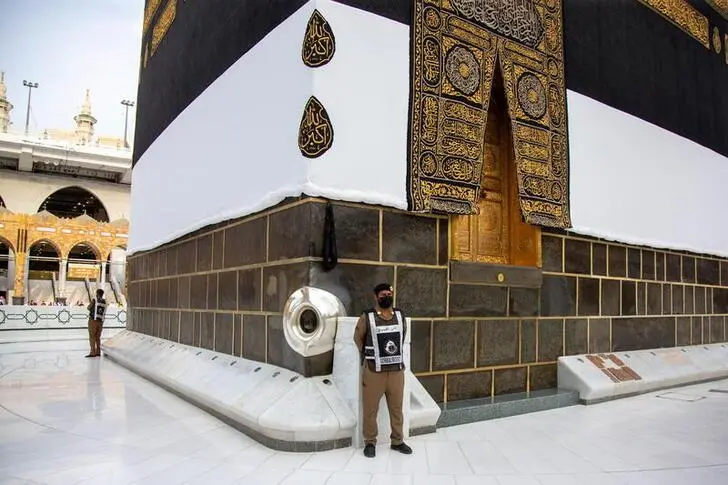
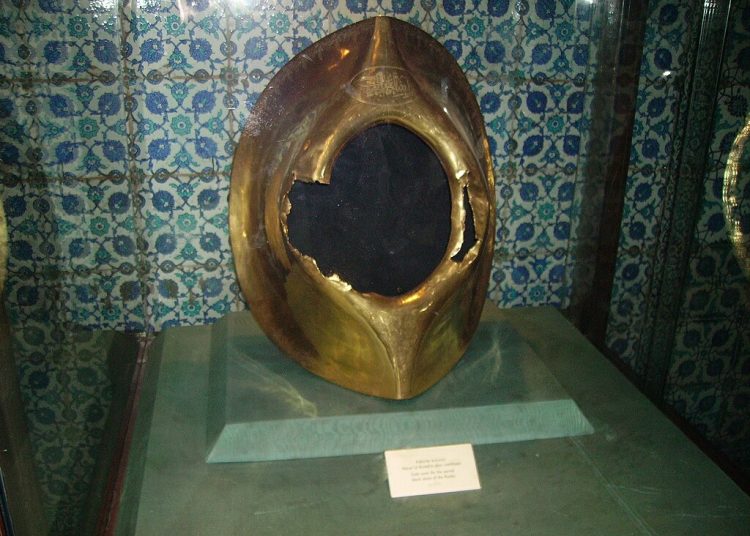


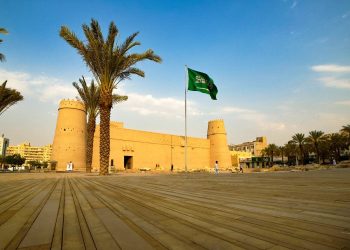
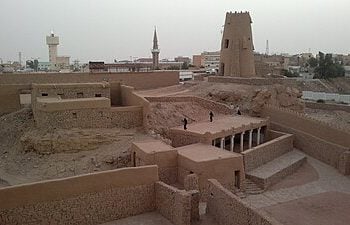
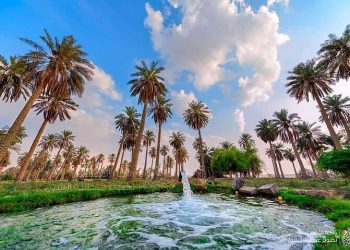

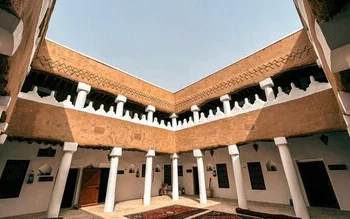


Discussion about this post